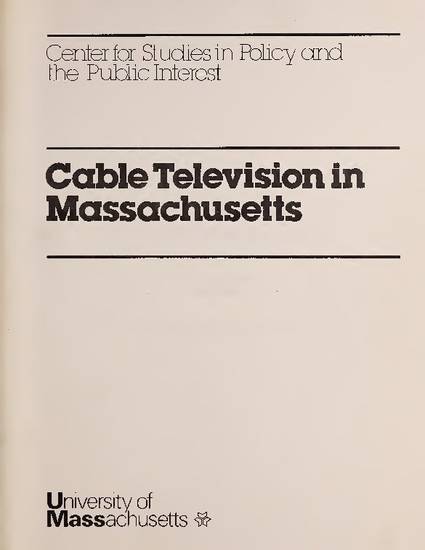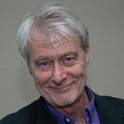
Today the electromagnetic spectrum is crowded with signal traffic used for just about every conceivable communications purpose, ranging from standard navigational time signals at the Very Low Frequency band to satellite communications at the Superhigh Frequency band. Between these two frequency extremes there are five other frequency bands — Low Frequency, Medium Frequency, High Frequency, Very High Frequency, and Ultra High Frequency — each of which can accommodate only a limited number of uses, and each of which is better suited for some uses than for others. Because the spectrum was, like oil, once believed to be in almost unlimited supply, its frequencies were allocated in a rather haphazard manner by the International Telecommunications Union — an agency of the United Nations, largely on a first come first served basis. Today about 10% of the countries have come to occupy almost 90% of the available frequencies, leaving the undeveloped nations with little of a limited resource.
With the realization that the spectrum is in fact limited has come the task of choosing more judiciously among competing demands for space. Cable television has facilitated that task because cable alleviates two opposing strains on the electromagnetic spectrum — the fact that each frequency is better suited for some purposes than for others, and the fact that the demand for some frequencies exceeds the supply. However, even though cable grew out of the need to deal with the demands of limitation, the impetus for rapid growth has come from the opposite direction. It is the possibility of abundance that cable and the newer technologies offer that has fueled the drive to fill what seems like an insatiable demand for newer forms of communication and information.
Available at: http://works.bepress.com/padraig_omalley/2/
